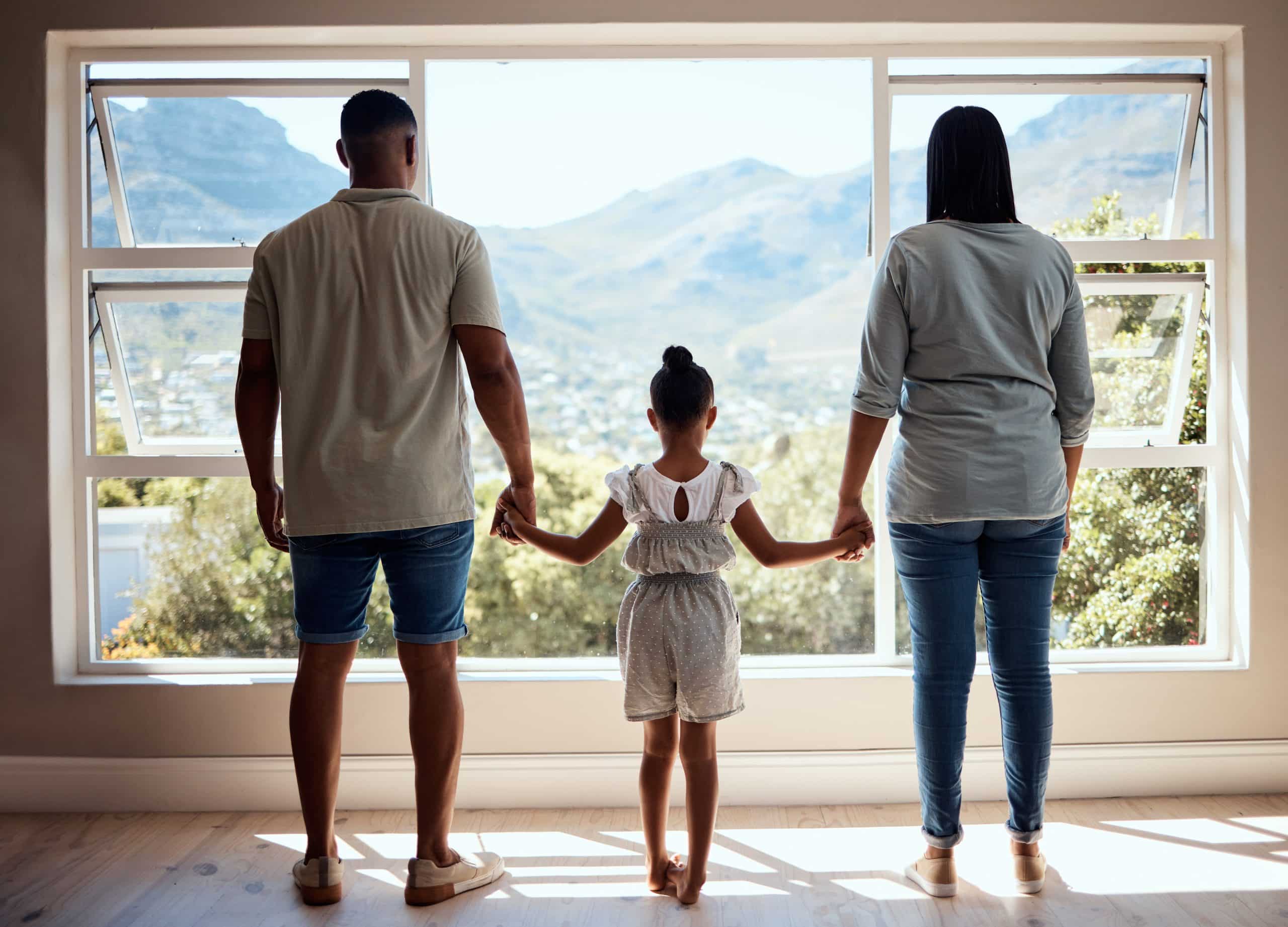How to Create a Safe and Engaging Play Space for Toddlers in a Small Urban Apartment?

When it comes to raising children in a small urban apartment, one of the biggest challenges you often face is the lack of space. But, just because your living area might be limited, it doesn’t mean that you can’t create a safe and engaging play space for your little ones right in your home. With the right design and careful planning, you can transform any room into a playground that will help your child to grow, learn, and thrive.
Understanding the Importance of Play Spaces for Children
Before you start creating your child’s play space, it’s essential to understand why such spaces are so critical for their development. Play is an integral part of childhood. It’s more than just fun; it’s a vital educational process that contributes to a child’s cognitive, physical, social, and emotional well-being.
Lire également : How Can You Design a Home Gym with Optimal Space for Yoga and High-Intensity Interval Training?
Play spaces, whether indoor or outdoor, provide children with a safe environment where they can explore, experiment and interact with their surroundings. They are areas where kids can swing, slide, climb, run and jump, nurturing their physical health and motor skills. More importantly, these spaces are where children develop their social skills as they play and interact with others.
Children also engage their imagination in these areas, creating their own little worlds that help them understand real-life scenarios. They learn to solve problems, cooperate with others, and handle emotions. Therefore, a well-designed play space is not just a place for children to let off steam, but a vibrant community that nurtures their development.
Avez-vous vu cela : What Are the Most Efficient Storage Solutions for a Home Office with Extensive Paper Archives?
Choosing the Right Room for a Play Space
Choosing the right room for a play area in a small apartment can be a bit tricky. But with careful consideration, you can find the ideal space that will cater to your child’s needs and fit into your living situation.
You need to consider factors such as the room’s size, ventilation, natural light, and location within the apartment. The chosen room should be free from hazards, and it should be a space where you can easily supervise playtime.
A room with plenty of natural light is ideal as it creates a bright and cheerful environment for kids to play in. It’s also important to consider the noise level. If possible, choose a room that is somewhat isolated from the rest of the living areas to limit disturbances.
Remember, the play space doesn’t have to take over an entire room. Even a small corner can be turned into an enticing play area with the right design and creative thinking.
Designing Your Child’s Play Space
Designing a play space in a small apartment can be a creative and fulfilling project. The aim is to create a space that is functional, safe, and stimulating. Here, we will provide some tips to help you in this endeavour.
Firstly, think about the age of your child and their interests. The play space should be designed in a way that caters to their current developmental stage. For toddlers, a play mat with toys that aid motor skill development would be ideal, whereas for older children, a desk for arts and crafts, a reading corner, or a space for pretend play could be more appropriate.
Secondly, safety should be your priority. Make sure all the toys and furniture in the play space are child-friendly and safe. Use soft materials, avoid sharp edges, secure furniture to the wall, and make sure there are no small objects that could be a choking hazard.
Lastly, consider storage. In a small apartment, efficient use of space is key. Use shelving units, baskets, or storage boxes to organise toys and keep the play area tidy.
Involving Your Child in the Creation Process
One of the best ways to ensure the success of your play space is to involve your child in the creation process. This will not only make them more excited about the space but also give them a sense of ownership.
Ask for their ideas and input on what they would like in their play area. Let them choose the colours or the theme. Give them the freedom to decide where certain toys should go. This will not only make them feel involved, but it will also enhance their creativity and decision-making skills.
However, while it’s important to consider their preferences, remember that you’re the adult with the final say. Always prioritize safety and practicality over your child’s whims.
Making the Play Space Adaptable
Finally, remember that children grow up quickly. What fascinates a toddler today might not interest them in a year or two. Therefore, it’s crucial to design a play space that can easily be adapted as your child grows.
Avoid investing in expensive, age-specific furniture that will quickly become obsolete. Instead, opt for multipurpose furniture that can be used for different activities and can grow with your child. For example, a small table can be used for arts and crafts, pretend play, homework, and more.
Also, focus on creating a space that can be easily reorganized. Use movable storage units and modular furniture that can be rearranged to accommodate your child’s changing needs.
In this way, the play space you create will not just be a temporary playground, but a long-term investment that can adapt and evolve with your child’s growth and development.
Maintaining the Play Area in a Small Apartment
Maintaining a play area in a small urban apartment requires consistency and creativity. The goal is to ensure that the play area remains a safe, engaging, and fun space for the child while also considering apartment living constraints. The play area should be routinely cleaned and organised to prevent clutter and ensure safety.
Cleanliness is essential in any play space. Regular cleaning of the play area ensures that it remains a healthy environment for children. This includes the regular cleaning and disinfecting of toys, play mats, and furniture. This also prevents the spread of germs and diseases, especially during the flu season.
Organisation is also crucial. Toys should be organised in storage boxes or baskets and labelled for easy identification. This not only makes the play area tidy but also promotes responsibility as children learn to keep their toys after playtime. A shoe rack can serve multiple purposes, such as a bookshelf or a place to store arts and crafts supplies.
Remember to consistently check for any potential hazards in the play area. Over time, toys can break, creating sharp edges that could injure your child. Regularly inspect toys for any signs of wear and tear and promptly remove any damaged toys from the play area.
Conclusion: Creating a Community within the Home
In conclusion, creating a safe and engaging play space for toddlers in a small urban apartment is not only achievable but can also be a fun and rewarding endeavour. The play space is not just an indoor playground, but a public space within your home where your child can learn, grow, and have fun.
Understanding the importance of these play areas is crucial. They create an environment where children can experiment, interact, and develop their social skills. It’s also a place where they can engage their imagination, learn problem-solving, and understand real-life scenarios.
Choosing the right room and designing the play space requires careful planning and consideration. While involving your child in the creation process can enhance their sense of ownership and excitement, always remember to prioritize safety and practicality.
Moreover, remember to make the play space adaptable. As children grow, their interests change. Therefore, the play space should be designed in a way that can easily be adjusted to suit older children’s needs.
Living kids in a small urban apartment doesn’t mean they miss out on having a vibrant play space. With creativity, community building, and regular maintenance, you can transform even the smallest corner of your living room into an exciting play area where your child can learn, have fun, and grow.
Remember, the goal is not just to spend time creating a play area but to create a play space that grows and evolves with your child. The play area you create today will be a significant part of their childhood memories tomorrow. So, let your creativity shine, and start building a play space that your child will love and cherish.
